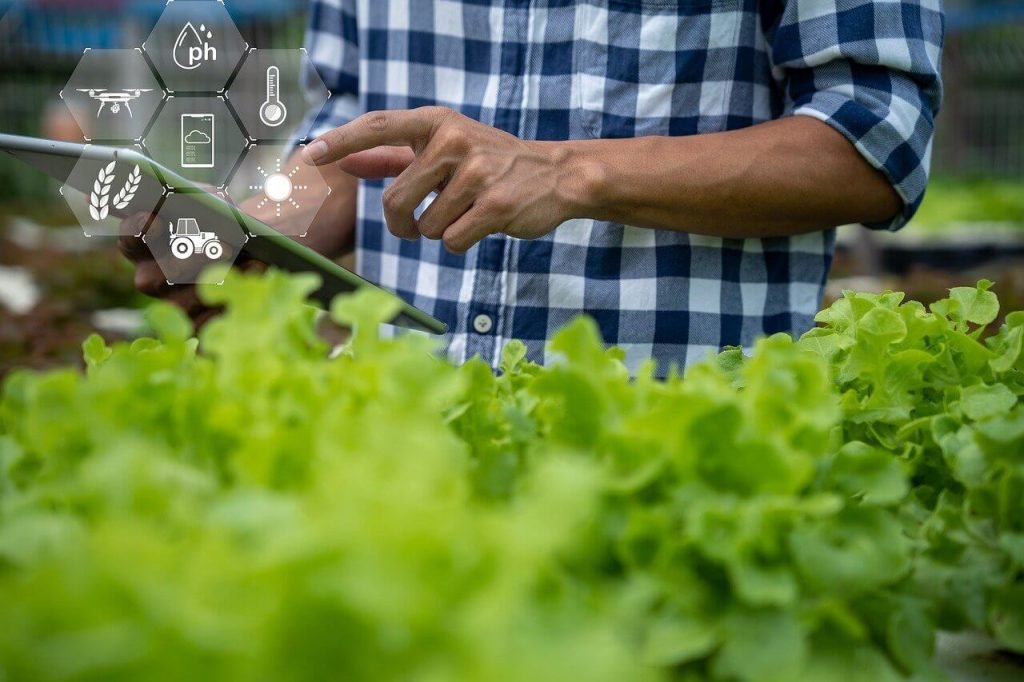Modern farming is no longer just about working hard—it’s about working smart. With advancements in technology, climate awareness, and changing consumer demands, farmers today need to adapt, learn, and apply the best practices to stay productive and profitable.
Here are the Top 10 Farming Methods Every Farmer Should Know to thrive in today’s agricultural world:
1. Conventional Farming
This is the traditional method involving chemical fertilizers, pesticides, and machinery. While it’s widespread and efficient, it often comes with soil degradation and environmental concerns. Knowing its pros and cons helps balance productivity and sustainability.
2. Organic Farming
A natural method that avoids synthetic chemicals and focuses on compost, crop rotation, and natural pest control. It enhances soil health, biodiversity, and fetches higher market prices—but may require more effort and monitoring.
3. Precision Farming
This high-tech method uses GPS, sensors, and drones to monitor crop health, soil quality, and irrigation. It reduces waste and maximizes yield by applying the right resources at the right time and place.
4. Hydroponic Farming
Growing plants without soil, using nutrient-rich water. It’s ideal for urban and indoor spaces, requires less water, and allows faster plant growth. However, it needs careful management and initial setup investment.
5. Permaculture Farming
This is a sustainable method that imitates natural ecosystems. It focuses on soil care, water conservation, biodiversity, and zero waste. A long-term approach that’s good for small-scale and eco-conscious farming.
6. Aquaponics Farming
Combining aquaculture (fish farming) and hydroponics, this system uses fish waste to fertilize plants, and the plants purify the water for the fish. It’s sustainable and highly efficient but technically complex.
7. Vertical Farming
Farming in stacked layers, often indoors using artificial lights. It saves space, water, and can operate year-round. Best for urban settings, though it requires high energy use and controlled conditions.
8. Integrated Farming
This method combines crop cultivation, livestock, fish, and even poultry in one system. Waste from one activity becomes input for another—making it eco-friendly and cost-effective.
9. No-Till Farming
A conservation technique where the soil is left undisturbed. It improves soil health, reduces erosion, and helps retain moisture. This method is especially helpful in drought-prone areas.
10. Agroforestry
This blends agriculture and forestry—growing trees along with crops or animals. It improves biodiversity, protects soil, and provides extra income from timber or fruit trees.
Final Thought
No single method fits all. The best farming approach depends on land size, climate, market demand, and farmer goals. By learning these 10 farming ways, every farmer can choose smarter, grow better, and farm more sustainably.
In today’s world, the best farmers are not just growers—they’re innovators, caretakers, and learners.

